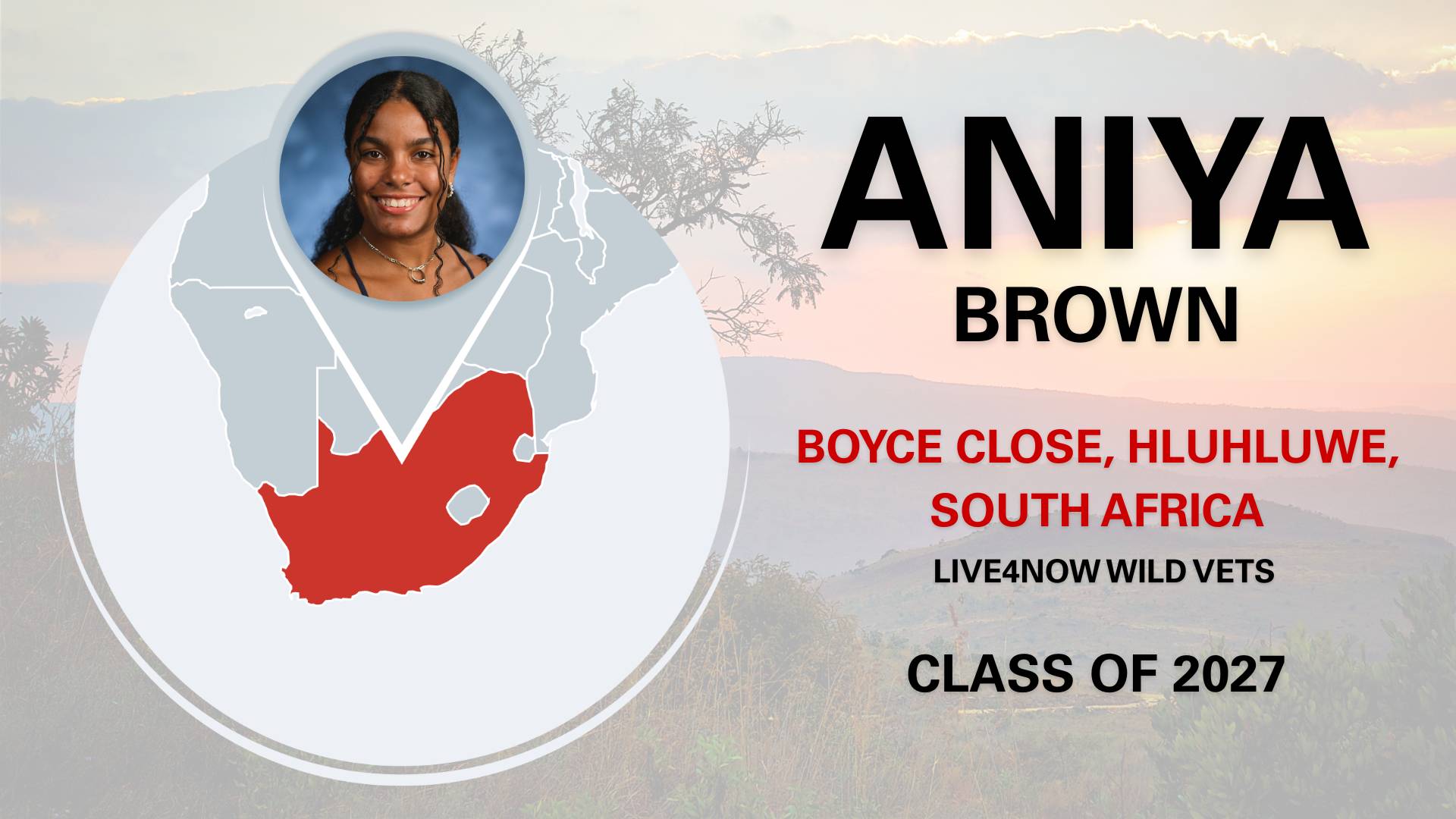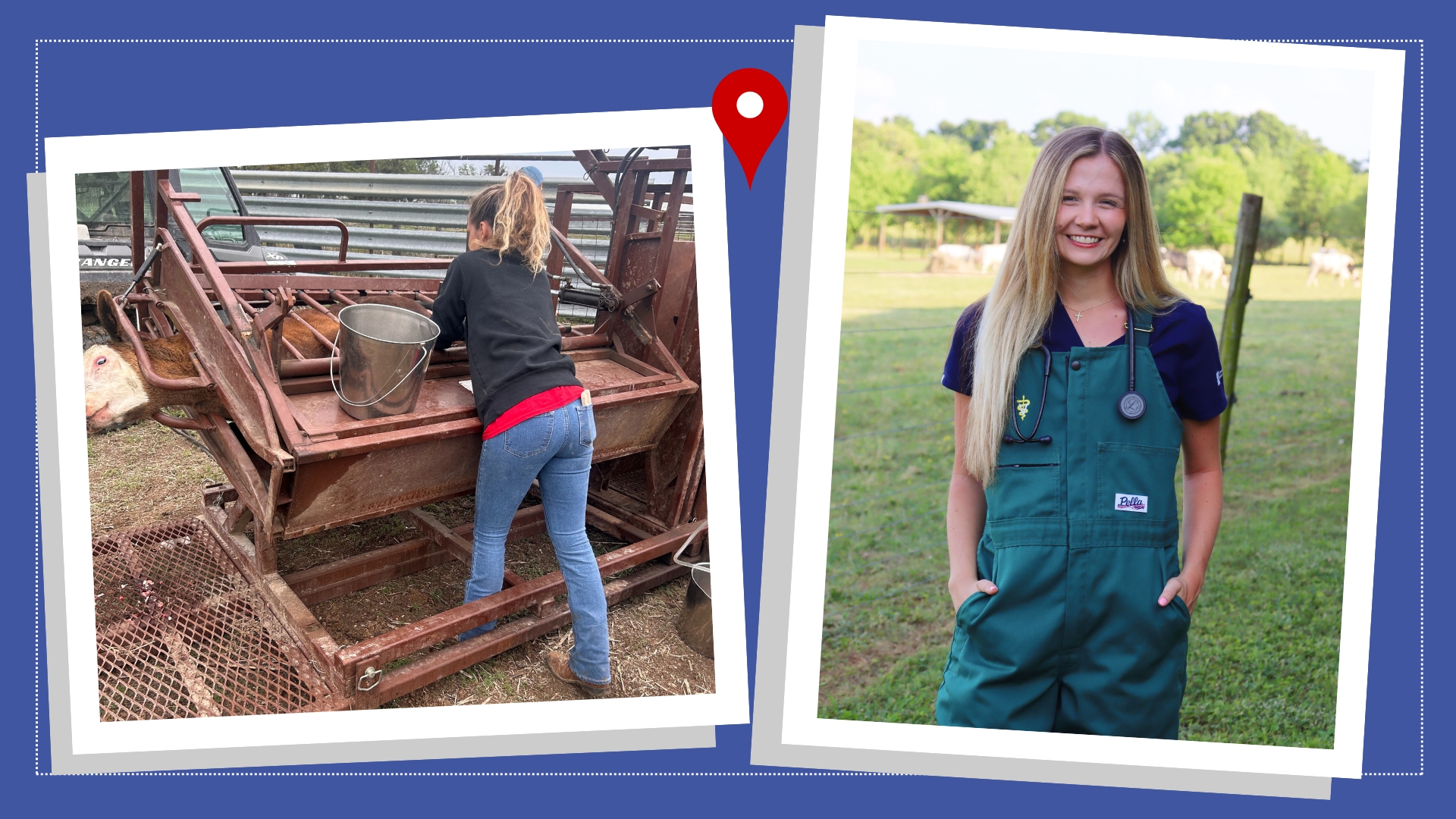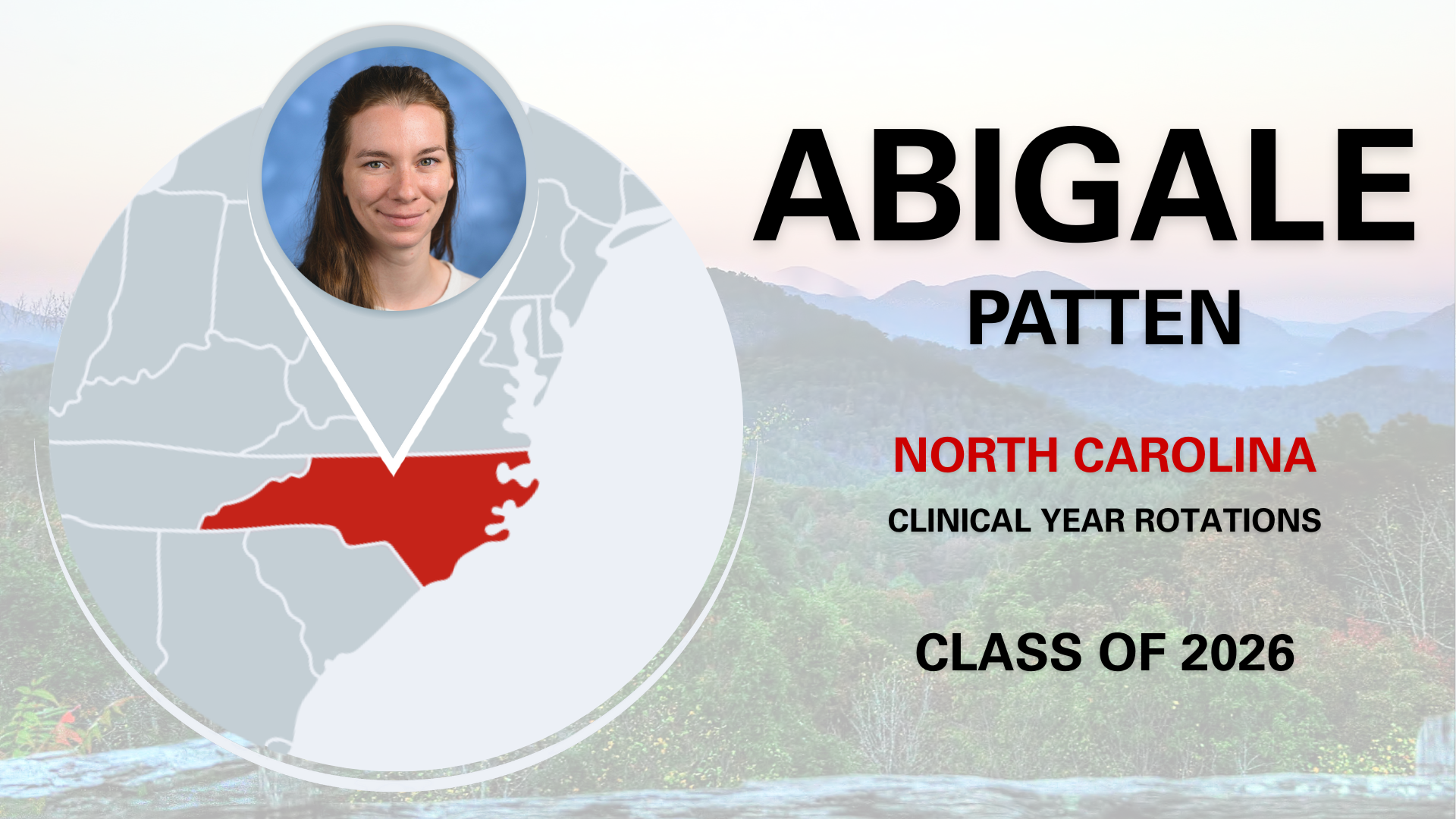Intentionally, Strategically, Collaboratively, NC State Situated for Research to Soar
The College of Veterinary Medicine has experienced more than 220 percent growth in research grant funding since 2011, the result of intentional and innovative changes that the college has made to expand its research impact.
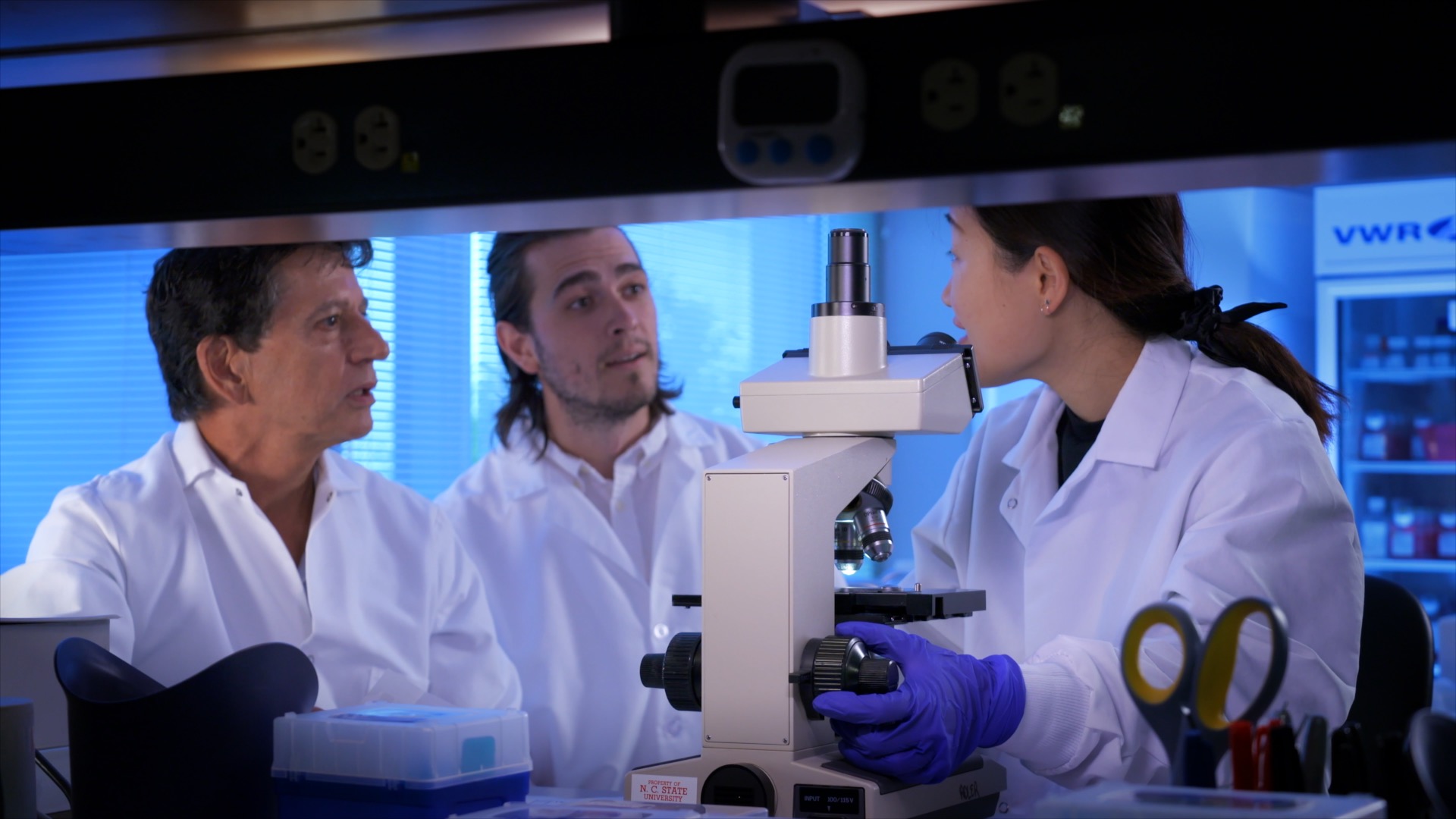
The NC State College of Veterinary Medicine attracted its largest amount of research grants ever in 2021, putting the exclamation point on the more than 220 percent growth the college has experienced in grants since 2011.
The dramatic increase over the past 10 years, however, is just a footnote in the story of how NC State has made intentional and innovative changes to expand its research impact. It also is an indication of how the power of cross-department and university partnerships and the recognition of the translational nature of veterinary research have altered the scientific landscape.
“No one succeeds or fails alone,” says Dean Kate Meurs, a former associate dean for research at NC State. “Every faculty member we have is involved in research to some extent. That might be true of staff, too. They might be hypothesizing, driving a research project. They might be collecting samples for collaborators or they might be studying the best way to teach a class or a new surgical technique or even how to word exam questions. All of those are aspects of research that drive veterinary medicine forward.”
At the NC State College of Veterinary Medicine, the years between 2011 when the grant total was $9.7 million and 2021 when it was $31.2 million have been ones of strategic hiring, increased mentorship and an intensive focus on building on existing strengths at the college, Meurs says.
“The department heads and the faculty developed a team to mentor and support new faculty with grant work as they came in,” says Meurs, who became dean April 1 after serving three months as interim dean. “The college invested in long-term research support positions. We have a full-time biostatistician now. And we are getting the very best graduate students and post-doctoral fellows to assist with our research, which strengthens the team as well.”
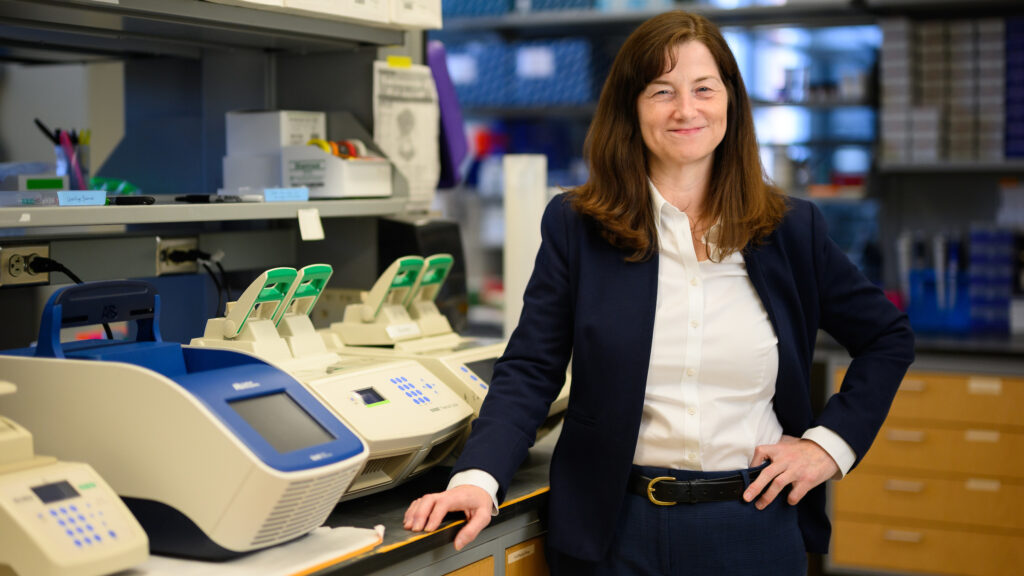
The research ascent began when former Dean Paul Lunn, appointed in 2012, inherited a group of faculty positions because of enrollment increases, says Barbara Sherry, a virology professor who leads the Department of Molecular Biomedical Sciences at the College of Veterinary Medicine. Lunn left the college in January.
“Rather than saying to department heads, ‘You get five, and you get five,’ he said, ‘All right, faculty, why don’t you pitch what you need based on group strength? Think about what kind of people you need to make your area even stronger,’ ” Sherry recalls Lunn saying. “And that’s exactly what we did.”
Lots of pitches were followed by many searches – not searches for one faculty member but searches for a group of faculty who would not only complement each other, but complement the existing teams, she says.
At the same time, the university had launched the Chancellor’s Faculty Excellence Program that championed the idea of “cluster hires.” The university added 75 faculty members across 20 select fields, bringing NC State University to the forefront of interdisciplinary education.
For example, the Translational Regenerative Medicine cluster includes faculty from the Comparative Medicine Institute, the College of Engineering, the College of Textiles and the College of Veterinary Medicine working together to advance the health and well-being of animals and humans. Jorge Piedrahita, Randall B. Terry Jr. Distinguished Professor of Translational Medicine at the CVM and director of the CMI, leads the cluster.
“This is a huge part of where success lies,” Sherry says. “Gone are the days where you could just approach a problem, just me, to solve this problem. Problems are too dirty, too complex, too gritty. You need a lot of angles, and no one person is skilled in all of those things. Bring in someone who approaches things in entirely different ways and put them in a group that doesn’t have that skill, and it can be incredibly disruptive, in a good way.”
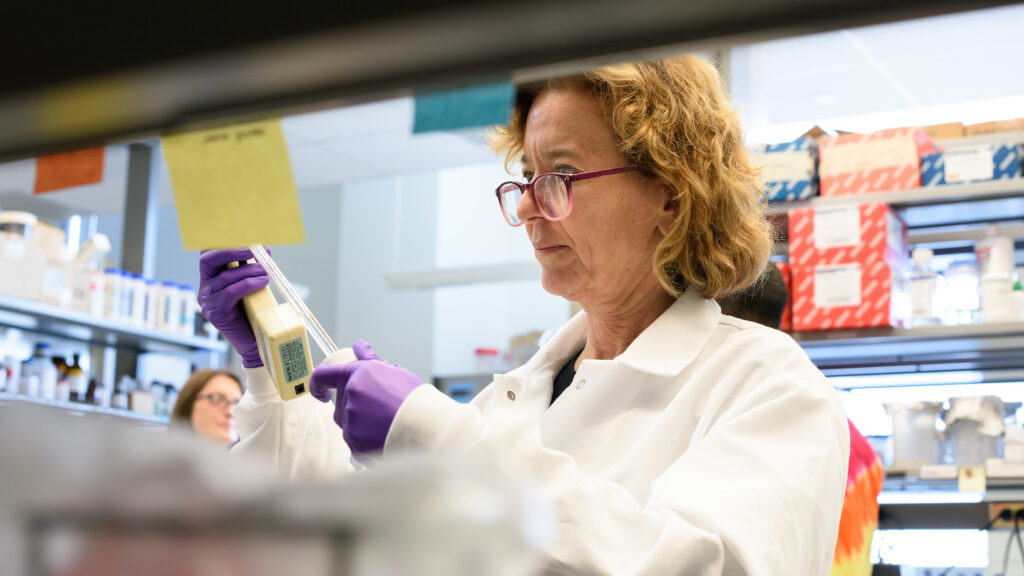
Partnering with other universities
In addition to more collaboration among departments inside NC State, there are more research partnerships among the Triangle’s universities. UNC-CH and NC State share a Joint Department of Biomedical Engineering, for example.
Sometimes the universities pull together to seek grants as well. That was the case with the largest award to the NC State College of Veterinary Medicine for 2021 – a $6.3 million grant from the National Institutes of Health to build a swine biomedical research facility for gnotobiotic, transgenic and translational medicine. NC State College of Veterinary Medicine took the lead on the grant because, unlike Duke and UNC, it is equipped to house and handle pigs, but all three schools were involved in the grant application, Meur says.
To Anthony Blikslager, professor of equine surgery and gastrointestinal biology and head of the Department of Clinical Studies, this NIH grant shows how NC State is uniquely situated to continue its upward research trajectory as more funding entities invest in research into diseases of larger animals that has translational applications for human health. The NIH supports only research with human applications.
“Duke, UNC and NC Central are collaborating with us because we have the facilities and we care for larger animals,” Blikslager says. “We have anesthetists who know how to anesthetize large animals. They don’t. We have the hospital technicians. They say, why reproduce what they’re trying to do at the vet college? And we’re purposefully positioning ourselves that way.”
The upshot is that, because of its access to animals and its expertise, NC State is equipped to take research through more stages.
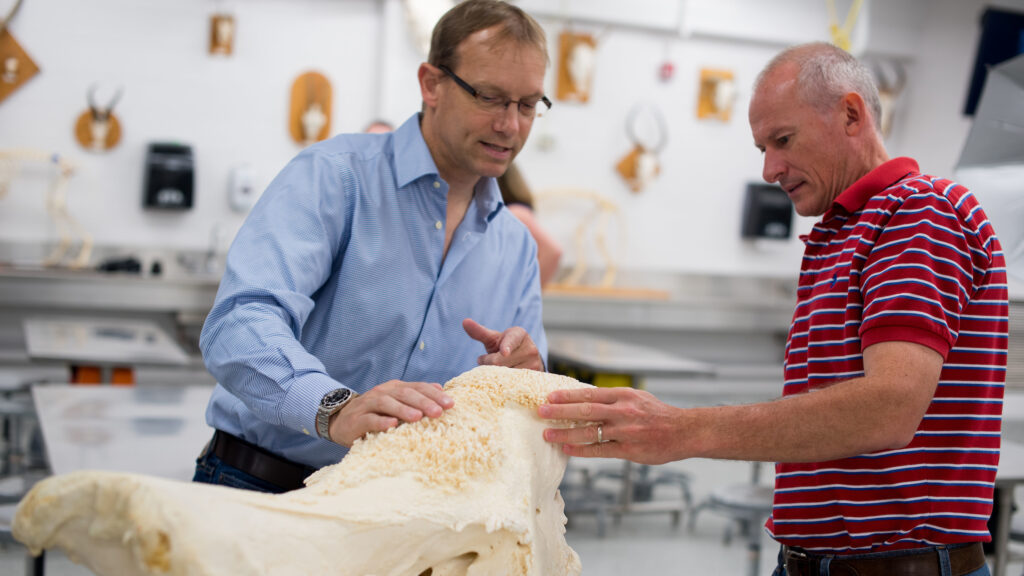
“So few entities can connect it all, to take the science through the initial cellular research, through large animal studies and then on to clinical trials,” Blikslager says. “In the medical community, all of that would be segregated. In a vet school, we can get people to do all three of those and connect it. A lot of research done in smaller animals like mice hasn’t translated to human use. It kind of missed something. Now it’s recognized that studying diseases that affect pets and larger farm animals can provide better insight into human health.”
As the research landscape evolves, the NC State College of Veterinary Medicine is well-positioned to take advantage of the changes also because of the foundational changes Meurs has made, Sherry says.
“She created workgroups, small informal discussion groups, for junior investigators and for people writing these kinds of grants,” she says. “There’s nothing like talking things out with your peers. You get good ideas, emotional support, critiques. And it’s not someone lecturing at you. It’s a bunch of people discussing things. It’s been very successful.”
Meurs also enlisted Ken Adler, one of the world’s foremost researchers in airway disease and a recipient of numerous grants from the National Institutes of Health, to help other NC State faculty members with grant proposals.
“We’ve taken advantage of the system put in place with Ken Adler to work on this,” Blikslager says. “In the past, he would do that unofficially, mostly help with the first page, but more recently he’s helped with the entire grant. This is a concrete example of something we’ve put into place.”
Gathering the grant-whisperers
Meurs also gathered a group of people Sherry calls grant-whisperers to mentor colleagues and created a research fund within the College of Veterinary Medicine that she could use to help promising proposals stay on track.
“A lot of research done in smaller animals like mice hasn’t translated to human use. It kind of missed something. Now it’s recognized that studying diseases that affect pets and larger farm animals can provide better insight into human health.”
– ANTHONY BLIKSLAGER
“Dr. Meurs tied some of that seed funding to your accessing her bank of mentors and grant- whisperers,” Sherry says. “If you write a grant proposal and it doesn’t get funded the first try, and they ask for some more data, now you need money to do that work. And she’ll give you some money, but only if you worked with a grant-whisperer the first time. If you were already doing all you could to be successful, then she’ll add her money on top.”
For Meurs, one measure of how well NC State’s new research structure is doing is the nearly even distribution of the research dollars among the Department of Clinical Sciences, the Department of Molecular Biological Sciences and the Department of Population Health and Pathobiology.
“The growth in funding is spread among the three departments, and I love that,” Meurs says. “It’s really nice to have that balance.”
The most important thing
Rather than talk about the largest grants from 2021, the dean and department heads emphasized that totals fluctuate year to year and that all research, no matter its funding level, is critical to increasing our scientific understanding.
“Really, the most important thing is, what is the impact of those research dollars?” Meurs says. “What is the new innovative research performed and what will be discovered?”
At NC State, Blikslager says, research is valued in whatever way someone contributes.
“Some people research how to teach better, and it scales up from there,” he says. “When people get in at a small level, they get bold about bigger things. It has an exponential effect. When some people are successful, others will see it happening and think, ‘Maybe I could do that, too.’ ”
The story of research grants awarded to NC State College of Veterinary Medicine over the past 10 years is clearly a success story, Sherry says, but not because of the amount.
“It’s always about a trajectory,” she says. “We’ve had huge growth, and we anticipate continued growth, and we anticipate having even greater impacts on animal and human health. It’s very much a story of our faculty, not just a few faculty but a majority of our faculty, contributing to this. And it involves the students we’re teaching, our house officers, our graduates, our staff and our post-docs. It’s team science.”
– Burgetta Eplin Wheeler
